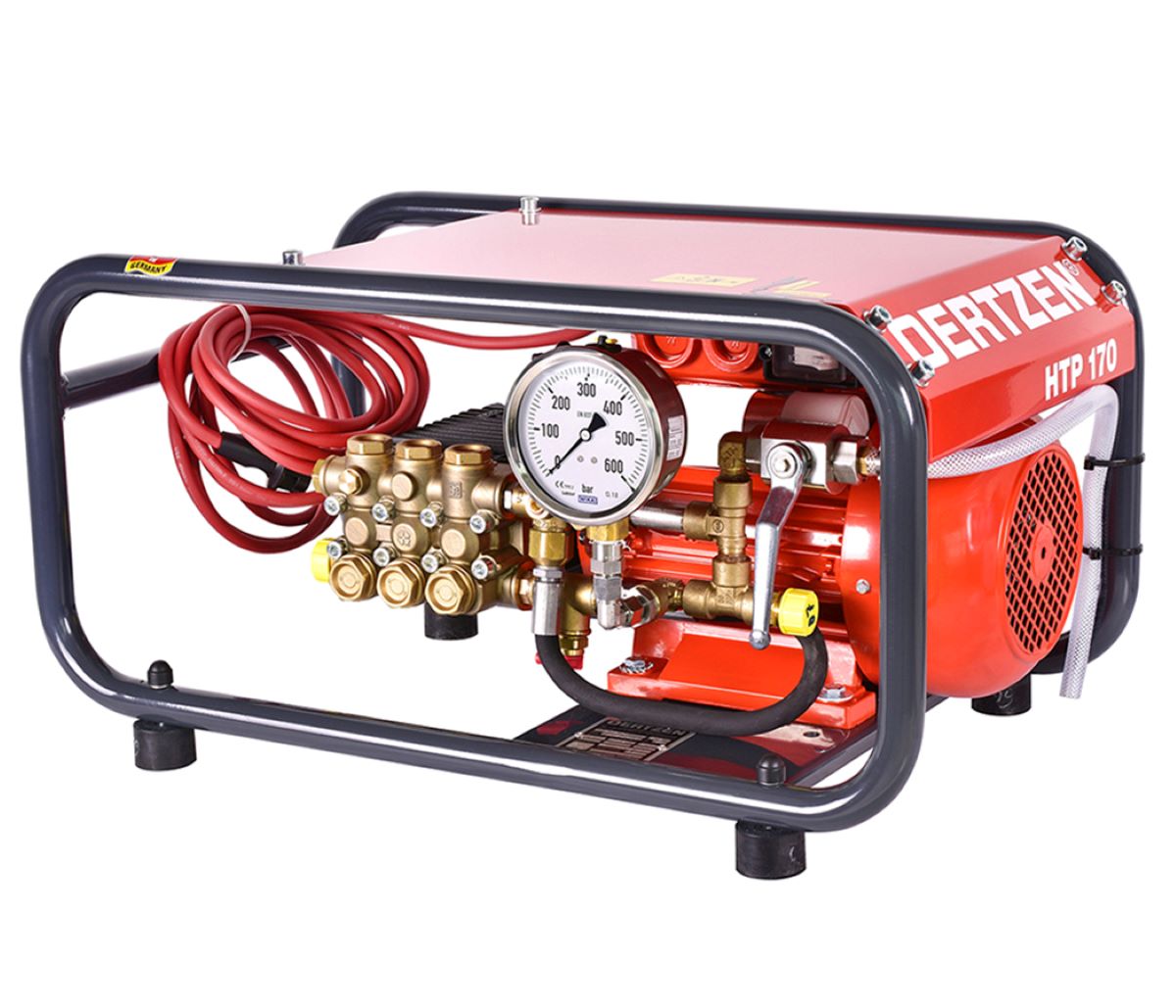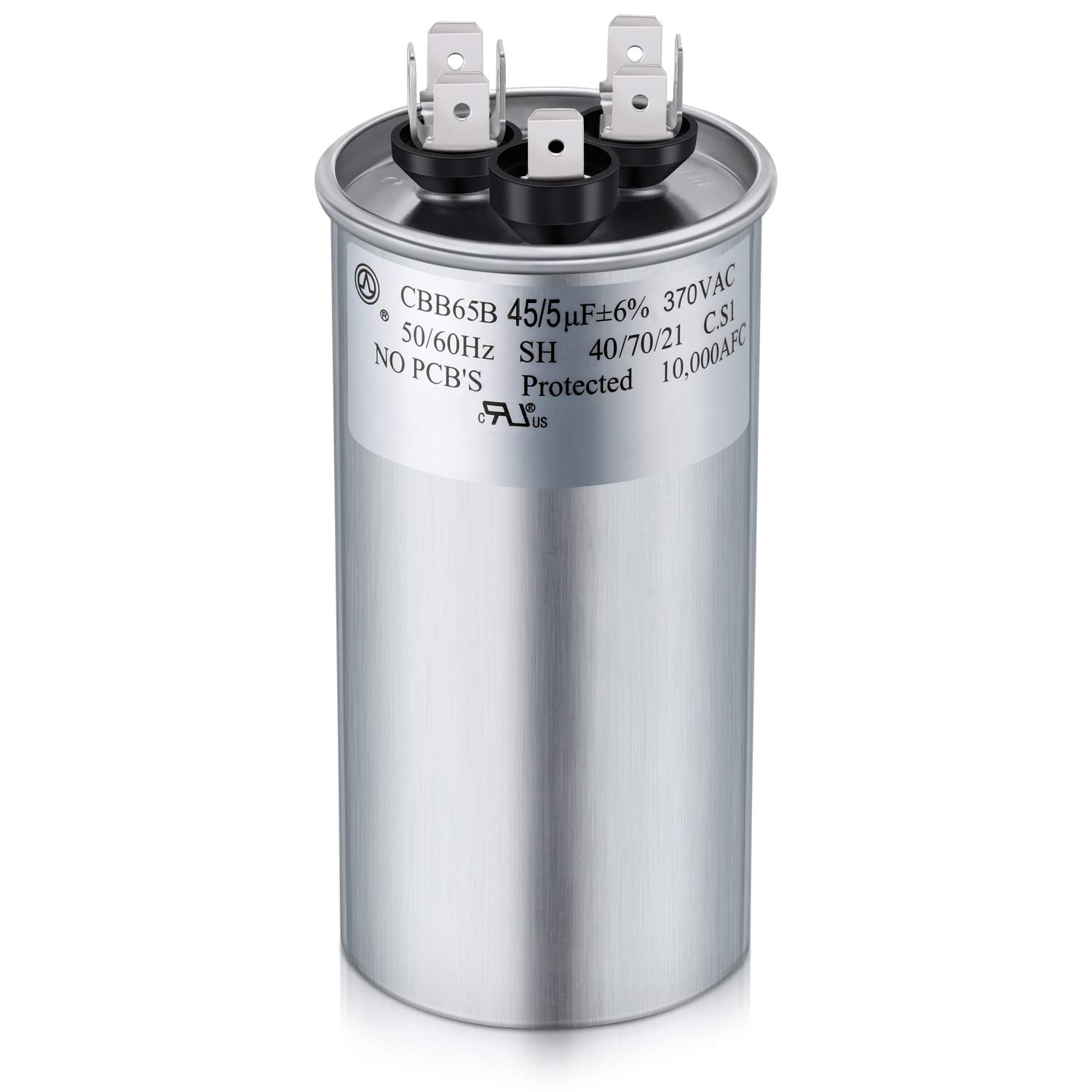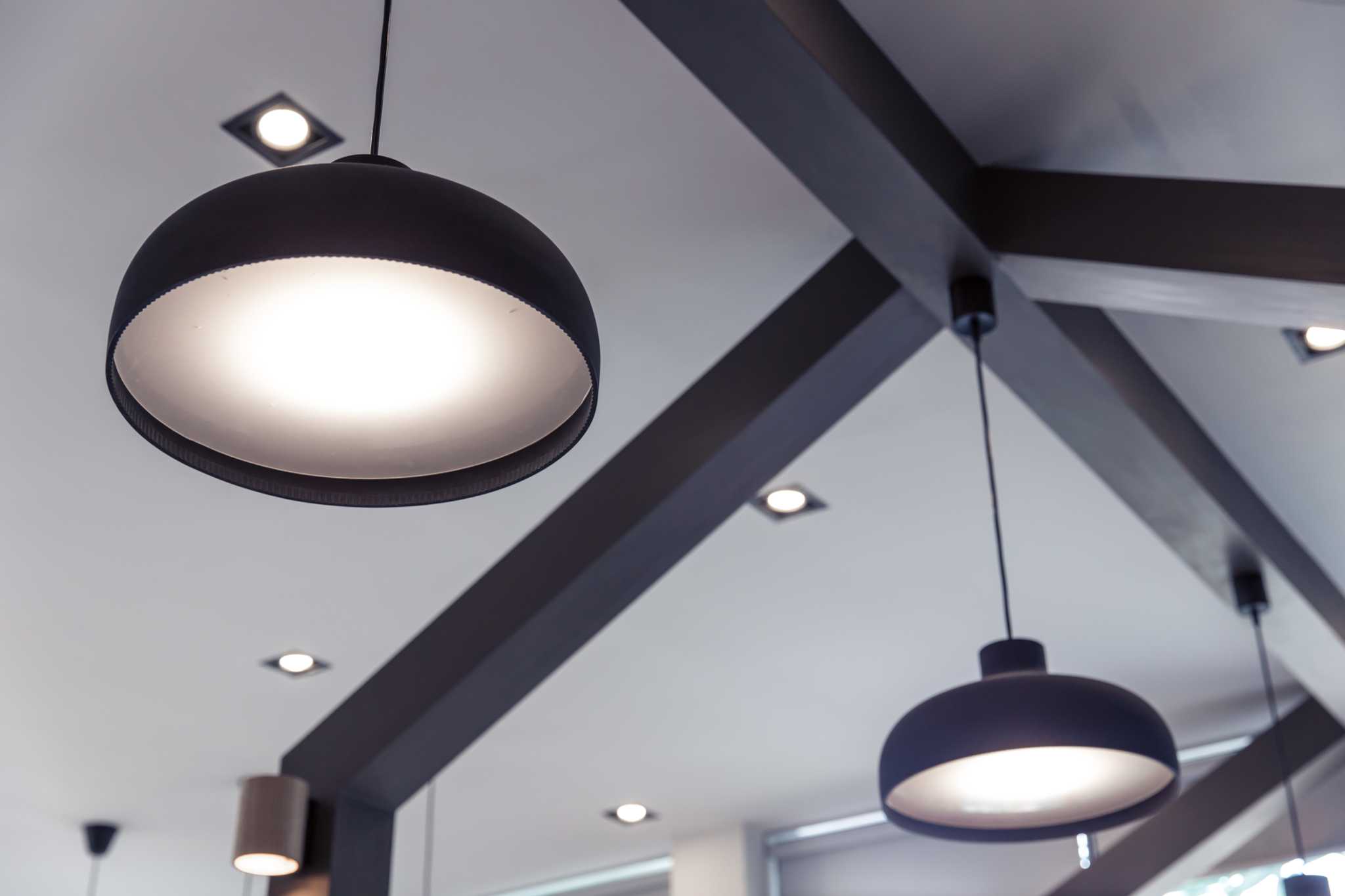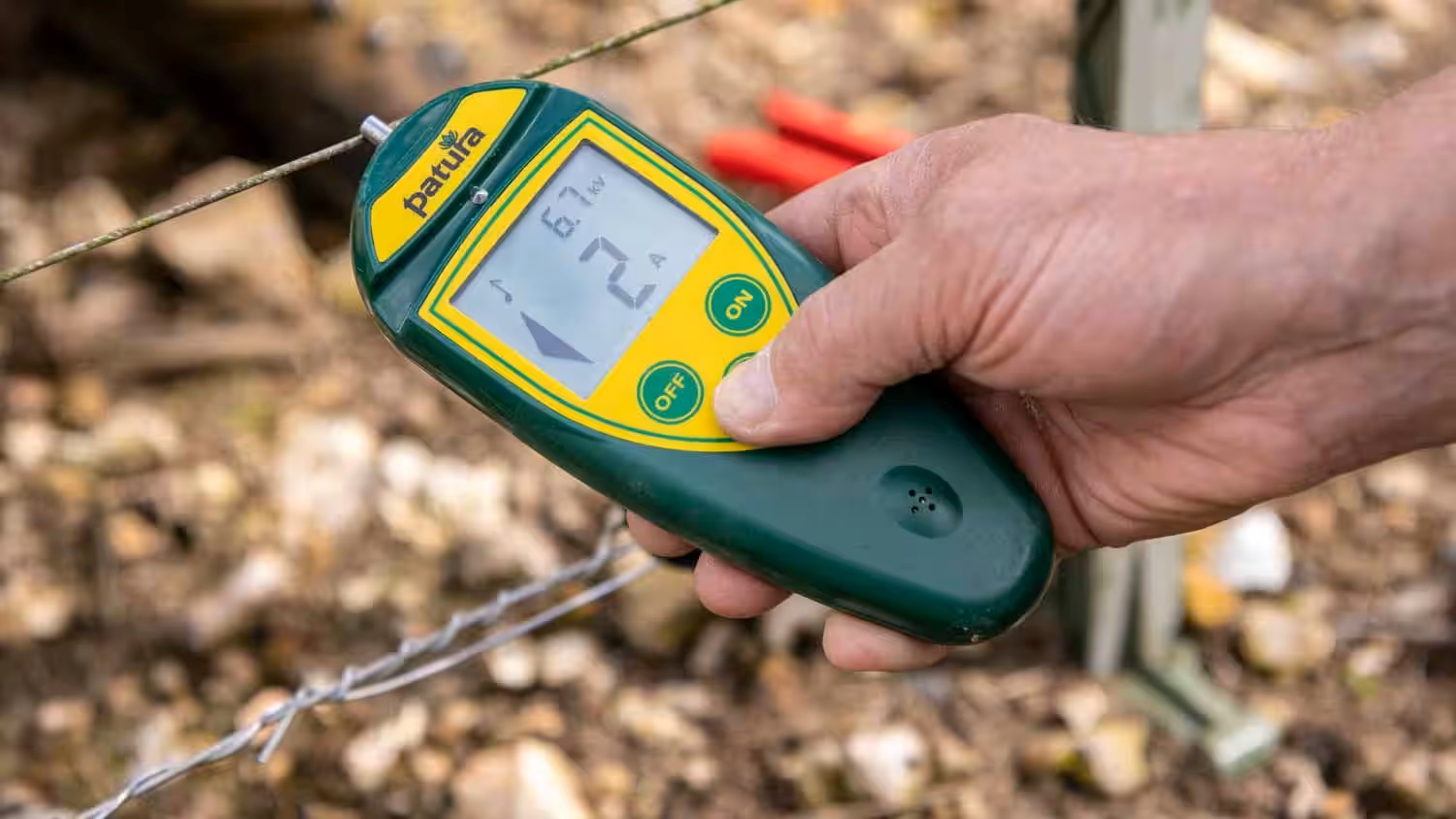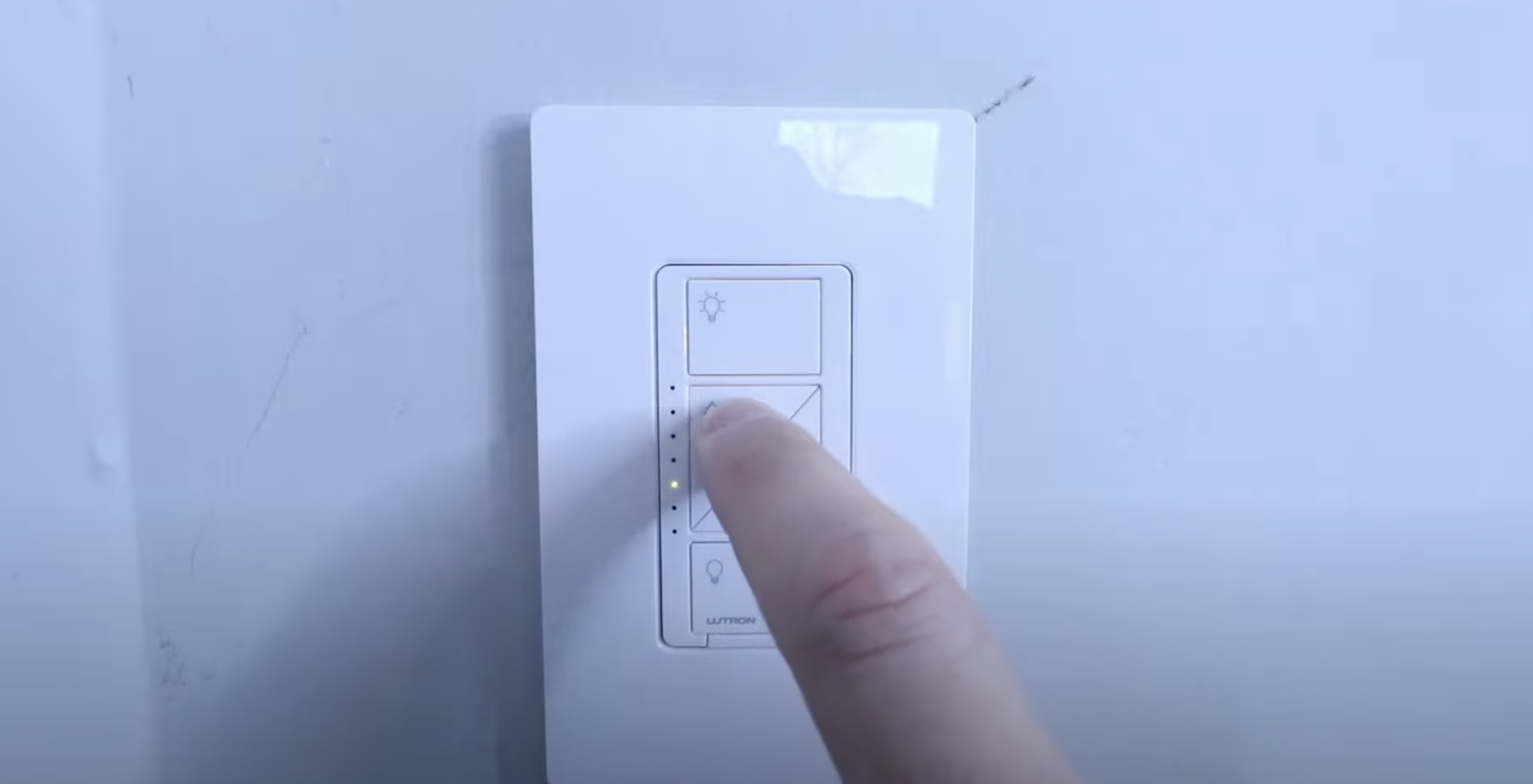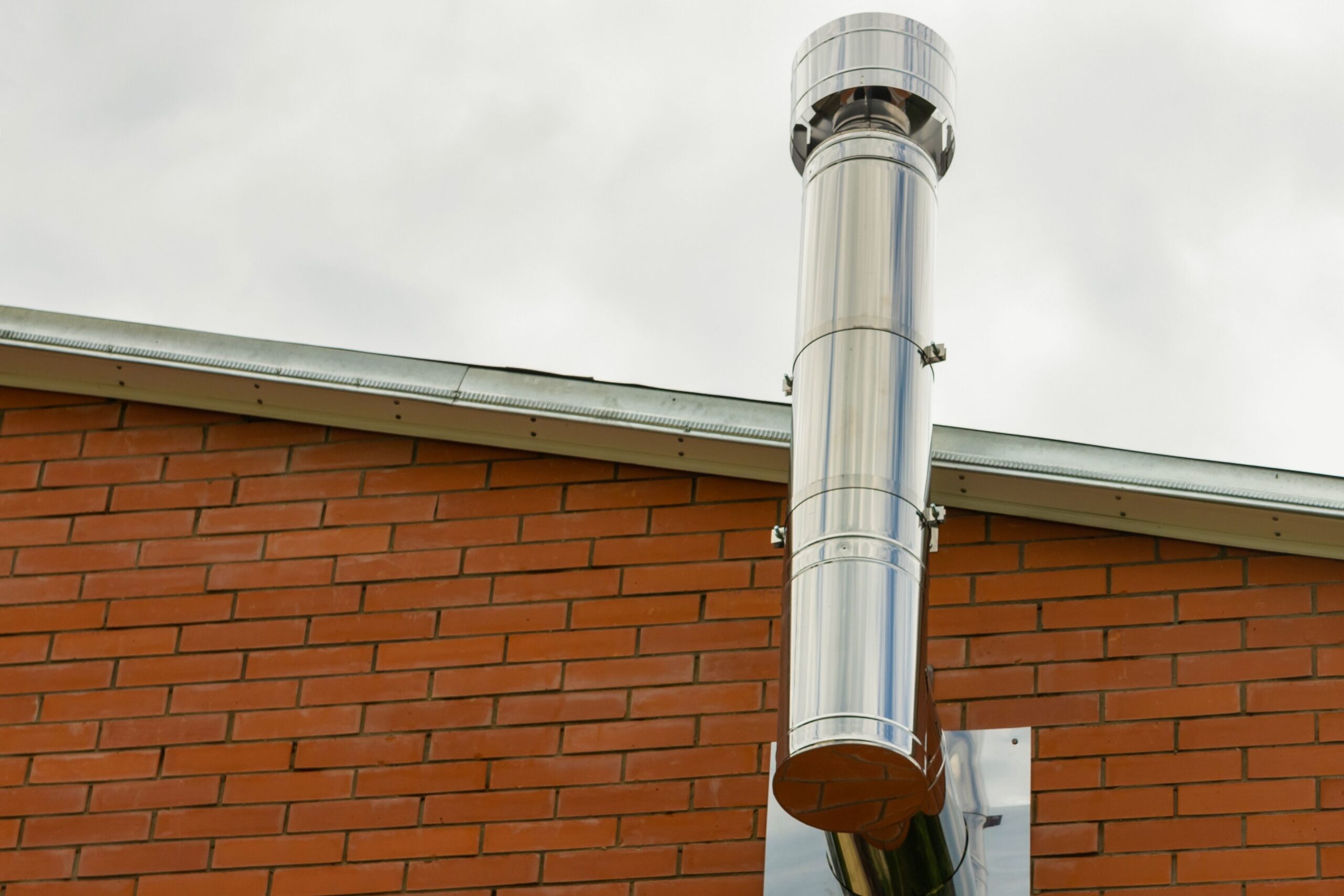Home>Furniture>Bedroom Furniture>How To Test A Mattress
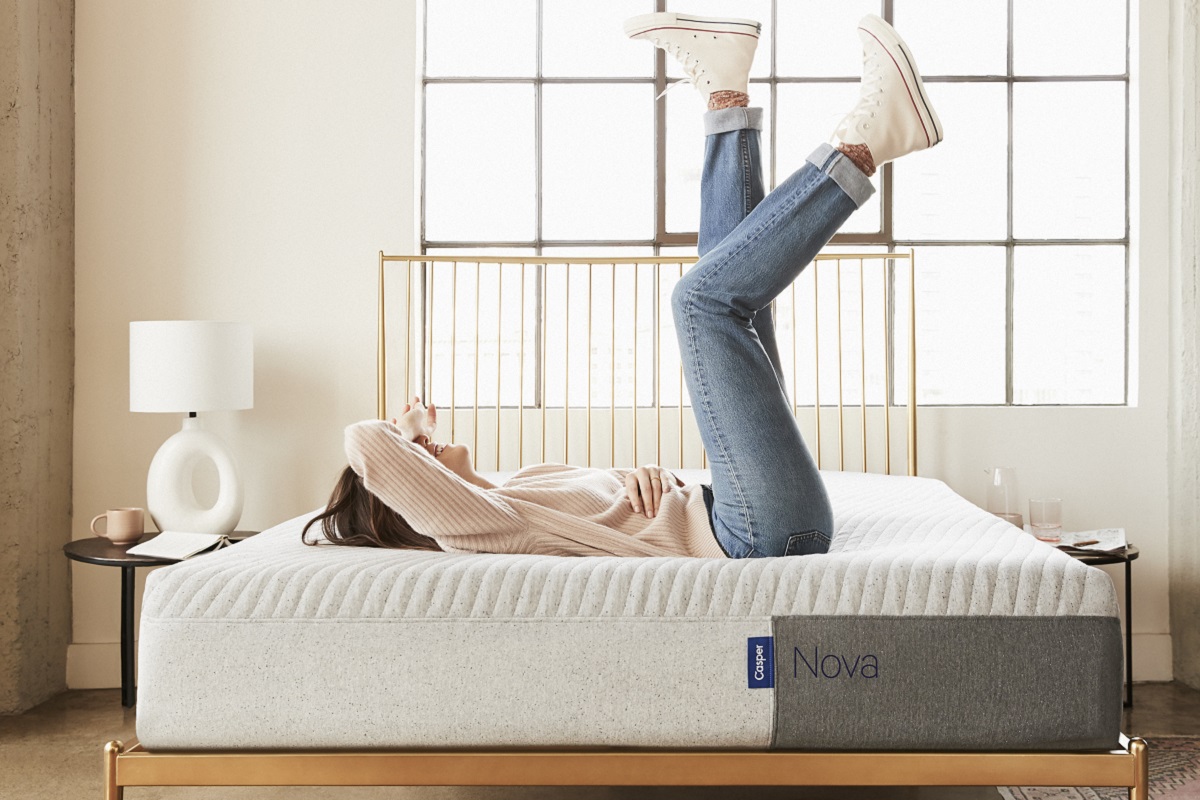

Bedroom Furniture
How To Test A Mattress
Modified: September 1, 2024
Looking to test a mattress? Discover the key steps in evaluating a bedroom furniture essential. Find out how to select the perfect mattress for your needs.
(Many of the links in this article redirect to a specific reviewed product. Your purchase of these products through affiliate links helps to generate commission for Storables.com, at no extra cost. Learn more)
Introduction
Welcome to our comprehensive guide on how to test a mattress before making your purchase. Choosing the right mattress is crucial for a good night’s sleep and overall well-being. With so many options available in the market, it can be overwhelming to find the perfect mattress that meets your needs and preferences.
By following this step-by-step guide, you’ll be equipped with the knowledge and tools to confidently test and evaluate different mattresses. It’s important to take the time to test a mattress before committing to a purchase, as it can greatly influence your comfort and sleep quality in the long run.
Keep in mind that everyone’s preferences and sleeping needs vary, so it’s essential to consider factors such as firmness, support, motion transfer, pressure points, and edge support when testing a mattress. By considering these aspects, you’ll be able to narrow down your options and find the ideal mattress that promotes a restful and rejuvenating sleep experience.
Without further ado, let’s dive into the steps on how to test a mattress effectively.
Key Takeaways:
- Test a mattress by visually inspecting for defects, evaluating comfort, firmness, and motion transfer. Consider pressure point relief, edge support, and durability to find the perfect mattress for restful sleep.
- Prioritize personal comfort and individual sleeping needs when testing a mattress. Trust your instincts and invest time to find a durable, supportive mattress that promotes restful sleep and overall well-being.
Read more: Where To Test Casper Mattress
Step 1: Visual Inspection
Before getting into the physical testing, it’s important to start with a visual inspection of the mattress. This step allows you to identify any visible defects or damages that may affect the overall quality and durability of the mattress.
Begin by carefully examining the mattress for any signs of sagging, lumps, or unevenness. Look for visible wear and tear, such as frayed edges or loose stitching. Check the mattress for stains, discoloration, or any damage to the fabric.
Inspect the mattress for any odors. A strong and unpleasant odor could indicate the presence of chemicals or mold, which can be harmful to your health. It’s important to choose a mattress that is made of non-toxic materials and is free from any potential allergens.
Take note of the mattress dimensions and make sure it fits your bed frame or sleeping arrangement. It’s crucial to check if the mattress meets your specific size requirements to ensure a proper fit.
During the visual inspection, also pay attention to the mattress warranty and any certifications it may have. A reliable mattress will often come with a warranty that covers manufacturing defects and offers protection for a certain period of time. Look for certifications such as CertiPUR-US® or OEKO-TEX® to ensure that the mattress meets rigorous standards for safety and environmental sustainability.
Taking the time to visually inspect the mattress will give you a good initial impression of its quality and condition. This step will help you eliminate any mattresses with visible defects or potential health hazards, narrowing down your options to those that meet your desired standards.
Step 2: Bedding and Surface Test
Once you have completed the visual inspection, it’s time to move on to the bedding and surface test. This step involves evaluating the comfort and feel of the mattress when lying down.
First, remove any bedding or covers from the mattress to get a direct feel of the surface. Lie down on the mattress in your typical sleeping position and take note of how it feels against your body.
Pay attention to the initial comfort level. Does the mattress feel too soft or too firm? Keep in mind that what feels comfortable to one person may not be the same for another, as comfort is subjective.
Next, assess how the mattress contours to your body shape. A quality mattress will provide adequate support and pressure relief, ensuring that your spine is properly aligned. You should feel a gentle cradling sensation without sinking too deeply into the mattress.
Pay attention to any pressure points or discomfort. A good mattress should distribute your body weight evenly, alleviating pressure on certain areas such as the hips, shoulders, and lower back. If you feel any specific points of pressure or pain, it may indicate that the mattress is not providing sufficient support.
Another factor to consider during the surface test is the level of motion transfer. If you sleep with a partner, simulate their movements by gently rolling or moving around on the mattress. Observe how well the mattress isolates motion. A mattress with excellent motion isolation will minimize disruptions caused by your partner’s movements, ensuring a peaceful sleep environment.
Take your time to evaluate the bedding and surface test. Spend at least 10-15 minutes lying in different positions to get a comprehensive feel of the mattress. This will give you a better understanding of the overall comfort, support, and motion transfer capabilities of the mattress.
By assessing the bedding and surface, you can narrow down your options based on the level of comfort and support that the mattress provides. Remember, finding the right mattress is a personal process, so trust your instincts and choose the one that feels the most comfortable for you.
Step 3: Firmness Test
One important aspect to consider when testing a mattress is its firmness level. The firmness of a mattress can greatly impact your comfort and support while you sleep. This step will guide you in determining the firmness level that best suits your preferences.
To begin the firmness test, lie down on the mattress and take note of how it feels against your body. Assess whether the mattress feels soft, medium, or firm.
Keep in mind that firmness is subjective, and what may be comfortable for one person may not be the same for another. It is important to choose a firmness level that aligns with your individual needs and sleeping preferences.
If you prefer a soft mattress, you may enjoy the feeling of sinking into the mattress and experiencing a plush, cushioned sensation. A softer mattress can provide excellent pressure relief, especially for side sleepers, as it conforms to the body’s curves and contours.
On the other hand, if you prefer a firmer mattress, you may prefer a more supportive and stable surface. A firmer mattress can provide better alignment for back and stomach sleepers, as it prevents excessive sinking and maintains proper spinal alignment.
If you’re unsure about the ideal firmness level for you, consider your body weight and sleeping position. Heavier individuals may find more support and comfort in a firmer mattress, while lighter individuals may prefer a softer surface. Side sleepers may benefit from a softer mattress, while back and stomach sleepers may prefer a firmer one.
Remember that finding the right firmness level is essential for a good night’s sleep. It’s important to test different firmness levels to determine which one offers the optimal balance of comfort and support for your unique body type and sleeping style.
Take your time during the firmness test and make adjustments as needed. Don’t hesitate to explore different options until you find the firmness level that allows you to sleep comfortably and wake up refreshed.
Step 4: Motion Transfer Test
For individuals who share a bed with a partner or a pet, the motion transfer capability of a mattress is an important factor to consider. The ability of a mattress to isolate motion can greatly affect the quality of your sleep, especially if your partner tends to toss and turn during the night.
To conduct the motion transfer test, have your partner or a friend lie down on one side of the mattress while you remain on the other side. Ask your partner to move around, roll, or get in and out of bed, and observe how much the movements transfer to your side of the mattress.
An ideal mattress with good motion isolation will minimize the disturbances caused by your partner’s movement. You should feel minimal to no motion transfer, allowing you to sleep undisturbed even if your partner moves during the night.
During the test, paying attention to any vibrations or noise that may occur during movements. A mattress with poor motion isolation may produce noticeable vibrations or create noise, which can disrupt your sleep and potentially wake you up.
Note that the motion transfer test is particularly important for couples or individuals who are easily disturbed by motion. If you share a bed with someone or have a restless pet, choosing a mattress with excellent motion isolation can significantly enhance your sleep experience.
It’s worth mentioning that mattresses with memory foam or hybrid designs tend to perform well in motion isolation due to their ability to absorb and distribute energy. However, it’s still essential to test a mattress in person to ensure it meets your specific requirements.
By conducting a thorough motion transfer test, you can make an informed decision about the level of disturbance you’re likely to experience when sharing a bed with a partner.
When testing a mattress, lie on it for at least 15 minutes in your typical sleeping position. This will give you a better sense of its comfort and support.
Read more: How To Test Doorbell
Step 5: Pressure Point Test
When testing a mattress, it’s crucial to evaluate its ability to relieve pressure points. Pressure points are areas in the body where excessive pressure can cause discomfort and pain, typically in the shoulders, hips, and lower back.
To perform the pressure point test, lie down on the mattress and pay close attention to how it supports your body. Focus on your shoulders, hips, and lower back, as these areas are prone to experiencing pressure points.
A quality mattress should distribute your body weight evenly, relieving pressure on these sensitive areas. You should feel a gentle, yet supportive sensation as the mattress contours to your body’s curves and allows your muscles to relax.
Take note of any discomfort or pain that you may experience during the test. If you feel excessive pressure on certain areas or if the mattress causes discomfort, it may not be providing adequate pressure relief.
Side sleepers often experience pressure points on their shoulders and hips. The ideal mattress for side sleepers should offer ample cushioning and contouring to alleviate pressure and maintain proper alignment.
Back sleepers require proper support for their lower back. A mattress that offers both support and pressure relief can help prevent the formation of pressure points and promote spinal alignment.
Stomach sleepers should focus on finding a mattress that provides support to prevent excessive sinkage, particularly in the hips area. Look for a mattress that keeps the spine properly aligned without causing strain on the neck or lower back.
Remember that everyone’s body is unique, and the pressure points you experience may differ from others. By conducting a pressure point test, you can identify a mattress that offers the right balance of support and comfort to alleviate pressure points and ensure a restful sleep.
Step 6: Edge Support Test
When testing a mattress, it’s important to assess its edge support. A mattress with good edge support ensures that you can fully utilize the surface area of the bed, providing stability and preventing a feeling of “rolling off” the sides.
To conduct the edge support test, sit or lie down near the edge of the mattress. Pay attention to how much support and stability you feel.
A mattress with excellent edge support will have a firm and supportive perimeter, allowing you to sit or sleep near the edges without feeling like you might slide off or lose support.
During the test, also evaluate how well the mattress maintains its shape and support along the edges. A mattress with weak edge support may compress significantly when pressure is applied, leading to a less stable and secure sleep surface.
Edge support is particularly important for individuals who tend to use the entire surface of the bed or who have difficulty getting in and out of bed. It can also be essential for couples who want to maximize their sleeping space and avoid feeling confined to the center of the mattress.
A mattress with strong edge support will ensure that you can sit or sleep near the edges without feeling unstable or unsupported. This feature can significantly enhance your overall sleeping experience and provide peace of mind.
Performing a thorough edge support test will help you determine if the mattress meets your specific requirements for stability and support along the edges.
Step 7: Durability Test
The final step in testing a mattress before making a purchase is evaluating its durability. A mattress is a long-term investment, so it’s essential to choose one that is built to last and withstand years of use.
To perform the durability test, examine the materials and construction of the mattress. Look for indicators of high-quality craftsmanship, such as reinforced edges, sturdy stitching, and durable materials.
Consider the mattress’s warranty and the reputation of the brand. A reliable mattress manufacturer will stand behind the quality of their product and offer a warranty that covers manufacturing defects and sagging.
Read customer reviews and seek firsthand experiences from individuals who have owned the mattress for an extended period. Positive reviews and testimonials can provide helpful insights into the durability and longevity of the mattress.
Additionally, inspect the certifications and quality standards that the mattress meets. Certifications such as CertiPUR-US® and OEKO-TEX® indicate that the mattress is made with non-toxic materials and undergoes rigorous testing for quality and environmental sustainability.
It’s also worth considering the reputation and track record of the manufacturer. A company with a long-standing history of producing durable and reliable mattresses is likely to prioritize quality and customer satisfaction.
While it’s challenging to predict the exact lifespan of a mattress, a well-constructed and durable mattress should provide you with many years of comfortable and supportive sleep. By conducting a thorough durability test and considering the factors mentioned above, you can make an informed decision about the long-term value and reliability of the mattress.
Remember, investing in a durable mattress ensures that you won’t have to go through the process of finding a new one prematurely, saving you time and money in the long run.
Conclusion
Choosing the right mattress is crucial for achieving optimal comfort and restful sleep. By following the steps outlined in this guide, you can effectively test and evaluate different mattresses to find the perfect one for your needs.
Begin with a visual inspection, checking for any visible defects or damages. Next, move on to the bedding and surface test to evaluate the overall comfort, support, and motion transfer capabilities of the mattress.
Consider the firmness level that aligns with your preferences and sleeping position. Test the mattress for its ability to relieve pressure points, ensuring that it provides adequate support and cushioning.
Assess the edge support to make sure that the mattress offers stability and a usable sleeping surface. Finally, evaluate the durability of the mattress through its construction, warranty, certifications, and customer reviews.
Throughout the testing process, trust your instincts and prioritize your personal comfort. Each individual’s sleeping needs and preferences are unique, so it’s essential to choose a mattress that suits you best.
By investing time and effort in testing a mattress, you can make an informed decision and select a mattress that will provide you with years of restful sleep and support.
Remember, a good night’s sleep is essential for your overall well-being, and a quality mattress can play a significant role in achieving that. So, take your time, explore different options, and find the perfect mattress that will transform your bedroom into a sleep sanctuary.
Frequently Asked Questions about How To Test A Mattress
Was this page helpful?
At Storables.com, we guarantee accurate and reliable information. Our content, validated by Expert Board Contributors, is crafted following stringent Editorial Policies. We're committed to providing you with well-researched, expert-backed insights for all your informational needs.



